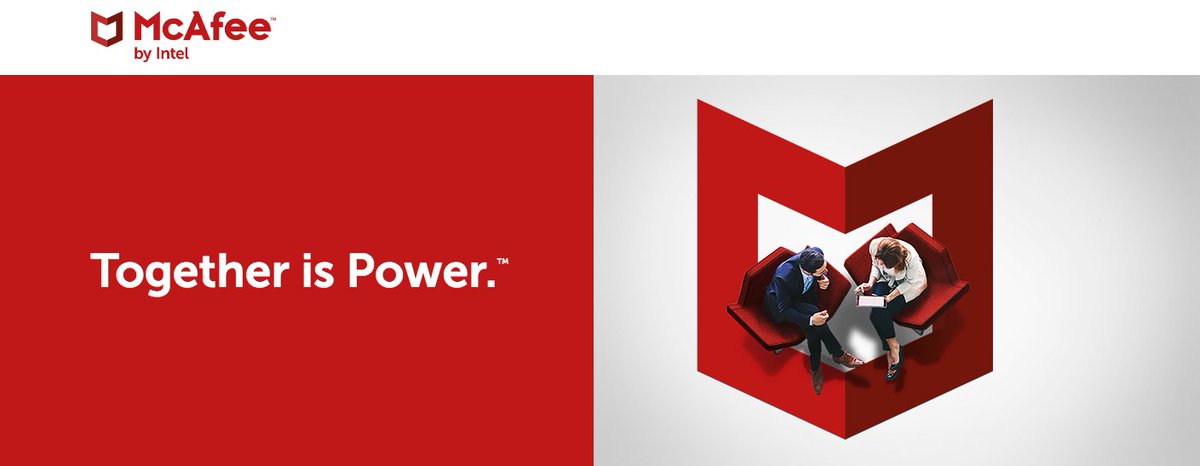
On the sidelines of Intel Security’s FOCUS 16 security conference, this writer managed to sit down with Mr. Raja Patel (Vice President, Intel Security Group, General Manager, Corporate Products) to delve into issues of relevance to the enterprise world, particularly with an eye on Asia. Here is an excerpt of the interview.
| LL: | Since you have travelled to Asia recently, what is your impression on how cybersecurity-aware we are? |
| RP: | Asia, though closely connected, is very variable. In the sense that almost every region is at a different stage of IT infrastructure readiness and maturity paradigm. But in general, the cybersecurity-awareness is still pretty low. |
| LL: | Well, in Malaysia, we have something to look up to. The Securities Commission had, very recently, issued a guideline ruling that the Board of Directors must identify a person in charge of and be accountable for all cyber risks in a regulated corporation. This in effect, forces the urgency of cybersecurity-awareness in our country. |
| LL: | As pointed out by some of the speakers in the conference, although an enterprise may have the best cyber defence system money can buy, if people do not apply the security protocol, it will still not work. So how ready are we to adopt? |
| RP: | Well, going back to Intel Security’s key message, that of our strategy of strengthening the threat defense lifecycle, we got to get people to think that technology, processes and people must all come together, which is essentially what’s going to drive the outcome. We can build highly complex IT systems, but our job is to actually get the complexity out. What you saw in the demos today is that the time for somebody to get the information on what’s going on to actually acting against the threat, is rapid now. There used to be a time for an enterprise where threat protection was like a castle with a draw bridge and a moat. But in today’s world of increasing cyberthreats, we cannot protect what we cannot see! So, therefore, from a security standpoint, simplicity is key. The next generation of control points would be much easier, painless for our customers to adopt. |
| LL: | Now that Intel Security has demonstrated how it has machine learning capabilities to quickly identify the source of a cyber attack, can you go one step further …. send back a bug or destroy that source? |
| RP: | That’s a philosophical debate. We look at our world as one of defense, and not necessarily offense. It’s going to be a cat & mouse game. We can do a lot to drive the effectiveness of our technologies. A cyber adversary does not get access unless they send us a malware first but for us strategically, the threat defense lifecycle will be able to catch it. It is all about being adaptive and flexible, so that as time changes, the technology changes and we can go and figure out how else to protect our customers best. |
| LL: | With the sobering near-weekly breaking news of large-scale hacks, malware and ransonware, are we moving to digitise our economy too soon too fast? Is it a push or pull factor? Is the push based on the incentive to collect big data, to collect consumer data for the sake of sales and marketing, at all costs? |
| RP: | Unfortunately, it’s not a train that we can control. There are a lot of motivations why a digital economy works. If you look at the number of companies today building SaaS applications, you will see that everybody is heading on that journey. What is driving them? It is because they can get better cost of ownership, increase productivity, drive nimbleness in the environment…. most enterprises are seeking to obtain data of some sort to drive value in their business. We at Intel Security pull out consumer data to figure out usage, to figure out which features users turn on and off. We also leverage to understand how to make our security systems stronger. In this regard, yes, we pull data to help us improve. Back to our strategy, our goal is to provide the utmost protection, be our customer’s no.1 cybersecurity partner. |
| LL: | In terms of deployment of your new announced solutions, are we in Asia, on track as the USA, timeframe-wise? |
| RP: | Depends on the particular solution but we expect some to come out by 1st half of 2017. What we announced today will be shipped out before the end of 2016 in USA…. other than the stuff that was announced as Beta stage. We will get foot-printed in Asia but some solutions may take longer due to traffic convergence, perhaps some infrastructure limitations or even perhaps some regulatory reasons. |
| LL: | What was mentioned in the past two days about how IoT devices could be used as a means of insidiously getting into our lives, our privacy, even denying us its actual service, do you have anything to add? Do you think that responsibility to protect users will pass on the manufacturers of these devices? |
| RP: | Well, it will be a combination. Today we already work together with a bunch of OEM manufacturers to provide security in their IoT devices. Even with advanced IoT devices, for e.g in factory facilities where there are a lot of things going on, we are essentially still rooted in our strategy of “protection, detection and correction”. |
| LL: | With the rebranding of McAfee and TPG emerging as the major shareholder of Intel Security, do you think that they will bring a fresh infusion of funds to the table, which will translate to more solutions and products coming to the market? |
| RP: | Well, our strategy is very solid, TPG aside. This year alone, there are 3 times as many innovations that we launched as last year. We expect to continue to drive the velocity of our capabilities in our portfolio. Innovation is here to stay. We got to balance between innovation and adoption. Convergence is important. You see us begin to consolidate different parts of our portfolio together. How, for us, is via our architectural journey which is enabled by four key integrated systems: Dynamic Endpoint, Pervasive Data Protection, Data Center and Cloud Defense, and Intelligent Security Operations. These are intelligently integrated to multiply effectiveness. As far as TPG is concerned and additional investments, I cannot comment yet as the transaction is due to close only by Quarter 2, 2017. |
| LL: | Touching a little on the personal side, do you see a pronounced culture difference at Intel Security compared to your time at Cisco? |
| RP: | I spent 16 years at Cisco, which is a big big place. I spent some time in almost every business division there. What brought me to Intel Security was the strong leadership that I really believed in. I worked for Chris Young at Cisco and now here. But more importantly was the ability for me to be completely focused on cybersecurity. I look at the portfolio and there are a lot of things that I can work with here that I can drive outcomes. I also love the culture here. It is a culture of driving towards winning, yet a culture where everybody picks each other up. A lot of teamwork… we are rowing the boat in the same direction and there’s a lot of power in that. It is also an honest culture. People are not afraid to take feedback and improve. Cisco, being such a big place, had its own ‘culture’ in each division. |
| LL: | Thank you for the insightful interview. |
And so….. “Together is Power” – McAfee’s new slogan surmises it all.



